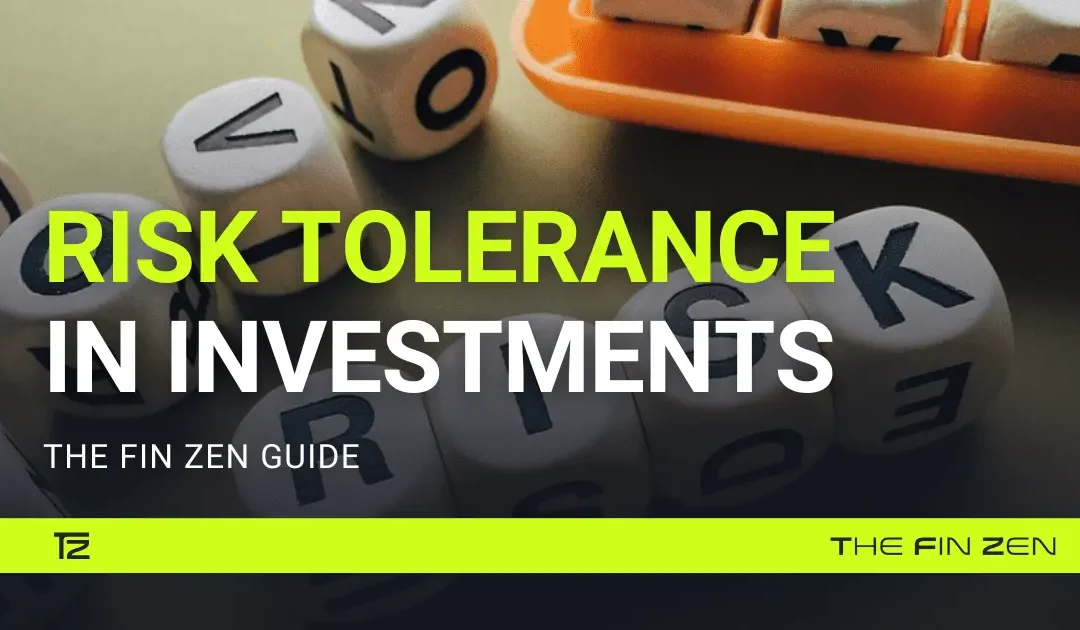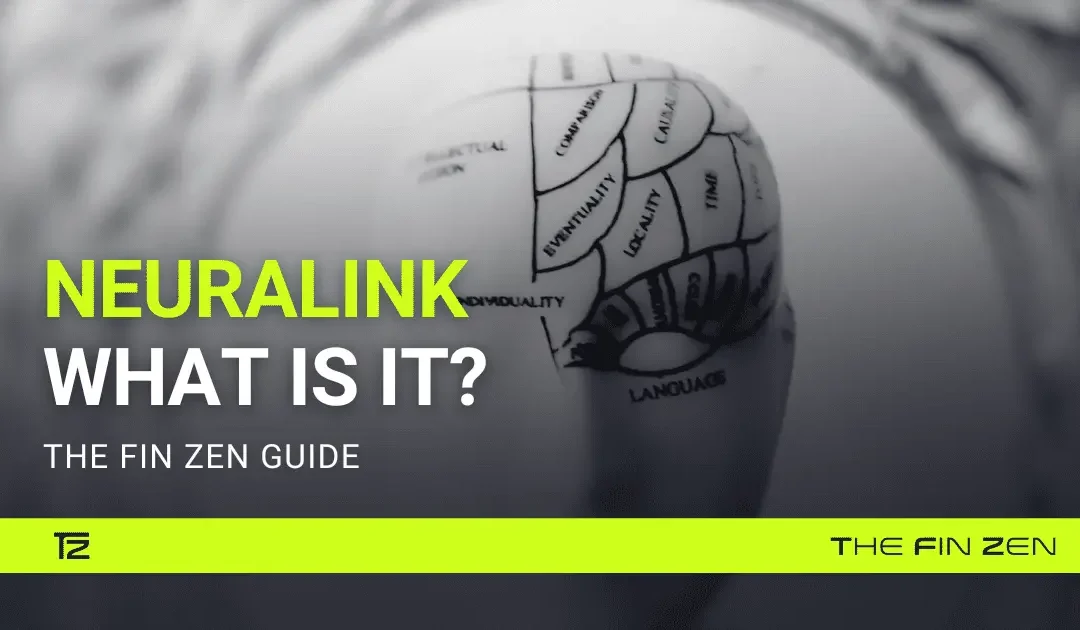“The first rule of an investment is never lose money. And the second rule of an investment is never forget the first rule. And that’s all the rules there are.” Pretty obvious, right?
This is an iconic phrase pronounced by Warren Buffett, a now elderly gentleman who revolutionised the world of finance and investments thanks to his passion for fundamental analysis. His natural predisposition for investing has made him immune to any psychological pressure exerted by the market, which Buffet has tamed for almost a century.
Warren Buffett: The Man Behind the Investment Legend
Buffett was born in Omaha in the United States on August 30, 1930 and this is where his nickname “Oracle of Omaha” comes from. In his hometown he began his education at Rose Hill Elementary School, which ended with obtaining a master’s degree from the Columbia Business School, the university where his idol Benjamin Graham, author of the book from which Buffett will take inspiration, The intelligent investor.
After graduation he accepted Graham’s invitation to work for what is considered the first true hedge fund in history, Graham-Newman Corp.
The strong attachment to his roots will push Buffett to return to his hometown, refusing the position of partner in Graham’s company who retires in 1955.
Warren thought he could live comfortably thanks to his investment skills, but as soon as he returned to Omaha, there were many requests to manage the money of relatives and friends. So he founded the Buffett Partnership, an investment fund with which he adopted the value investing strategies taught to him by Benjamin Graham.
With this investment strategy, Buffett searches for undervalued securities, based on complex fundamental analyses, destined to be held for long, almost indefinite periods.
Through his analyses, Buffett acquires shares in market giants such as Coca-Cola and McDonald’s where, among other things, he goes every morning to eat his breakfast.
The great success of the Buffett Partnership pushes the founder to list it on the stock exchange, through a merger with an already listed textile company acquired during a long phase of decline, the now well-known Berkshire Hathaway.
Buffett’s Commandments: The Golden Rules of Investment
Buffett has never written a manual or guides on how to act on the financial markets, but through his interviews and letters addressed to his company’s investors we can extrapolate very useful concepts.
Let’s start with his famous phrase, already quoted at the beginning: Never lose money.
It seems obvious, no one decides to invest their savings with the intention of losing them, but sometimes the market plays tricks and the investor’s emotions push him towards mistakes that can prove fatal. The investor’s mindset must in fact detach itself from the price trend in the short term and volatility must not influence the judgement of the fundamentals.
If rule number one is not to lose money, rule number two is even more banal: Never forget rule number one!
With this, he intends to underline the importance of what has been said, the investor must maintain a neutral, non-frivolous, non-gambler attitude.
In fact, Buffett invests only where he is able to carry out in-depth research, in companies whose business model he understands and for which he can imagine a projection in the next 10 or 20 years. During his 2019 annual investor meeting, Buffett suggests investing only in what you know.
In fact, it is well known that Buffett has not integrated the shares of large high-tech companies into his portfolio, because, as he himself admitted, he is unable to fully understand them.
Buffett’s Long-Term Investment Philosophy
He does not buy at random and does not follow the hype of the moment, as Buffett’s strategy is based on very long time periods and he has no intention of seeing the results of his investments overnight. In fact, the Oracle of Omaha’s preferred time frame is “forever.”
Buffett is the greatest exponent of the “buy and hold” philosophy and maintains that we should not hold a stock for even 10 minutes if we would not be willing to hold it for 10 years. From here we perceive the total remoteness of Buffett’s strategies with trading strategies based on price action and charts. His quote is famous: “You’re not buying a symbol that bounces up and down, but you’re buying a part of the business”.
Quality Over Quantity: Buffett’s Approach
Advice on investment strategies is actually particularly rare, however we can extrapolate excellent ideas from some interventions.
“It’s far better to buy a wonderful company at a fair price, than a fair company at a wonderful price”, this phrase of his perfectly reflects his approach to investing and offers much food for thought:
- Focus on quality: Buffett believes that holdings in great companies with a solid business model and a long history of profitability are a better investment than mediocre companies or those with less solid, albeit more promising, foundations.
- Fair price: although his strategies have little to do with trading, the price of a share certainly has considerable importance. In fact, he is never willing to overpay even for the best of companies. This means that the investor must be ready when opportunities arise in the most volatile moments, in fact Buffett is fond of moments of crisis, corporate scandals and recessions.
- Long-term prospects: by buying the best companies on the market at reasonable prices, all we have to do is wait as they will certainly be able to generate profits, as they always have, and appreciate.
- Competitive Advantages: How can we distinguish Wonderful companies from Mediocre ones? Buffett introduces an iconic concept, that of the “moat”. The moat refers to a competitive advantage that the company boasts over all other competitors, it can refer to the brand, to a loyal customer base or to advantages relating to production costs and economies of scale, as well as the presence of strong barriers to entrance.
In essence, Warren Buffett considers both the quality of the company but also the price at which he is willing to pay for it, ignoring market volatility and maintaining holdings in the portfolio until fundamental changes occur that significantly influence the evaluation carried out during the analysis phase. .
In addition to analysing long-term prospects, such as management and the balance sheet, Buffett adopts particular metrics and very stringent criteria to narrow down the range of stocks to buy. Buffett prefers stocks with a good market capitalization, low levels of debt and a good earnings per share rate. Obviously, the company is equipped with the best analysts in the world and the various metrics considered cannot be listed here, where we are introducing the foundations on which the large investor’s strategy is based.
Mastering the Mind: Psychological Insights in Buffett’s Investment Strategy
The rest of the investor’s advice is mainly psychological tricks to resist the temptations of the market and which are perhaps the ones we can make the most of since, probably, on an individual level we are not better analysts than those that Buffett has at his disposal.
At first glance, investing seems to be all about numbers, dates and documents. But once we get our hands dirty we realise that investing is a true psychological journey and discipline is as important as analytical ability. The market is a constant battleground between fear and greed, between patience and the desire to get rich immediately, between following the crowd and embarking on your own path alone.
Warren Buffett once said, “Be fearful when others are greedy and greedy when others are fearful.” This quote isn’t just a witty remark; it encapsulates a profound understanding of investor psychology.
Equilibrium in Action: Buffett’s Balanced Mindset for Investment Success
Buffett has always maintained a balanced attitude towards the market, not allowing euphoria to influence his investment decisions. In fact, as already mentioned, during the dot-com bubble, when most investors were euphoric about technology stocks, Buffett chose not to invest because he did not understand these companies. His caution allowed him to avoid the catastrophe that struck many investors when the bubble burst.
This, while remaining faithful to his investment strategy and ignoring the fear of missing out (FOMO).
Likewise, he doesn’t panic when the market crashes, but these are precisely the times when Buffett stocks up on shares of wonderful companies at low prices. During the 2008 crisis, while most investors were driven by fear, Buffett invested $5 billion in Goldman Sachs.
Maintaining this emotional equilibrium is not about suppressing emotions but about acknowledging them and not allowing them to cloud your judgement. Buffett’s ability to separate his emotions from his investment decisions allows him to stay rational and focused, a trait that has significantly contributed to his investing success. As he often reminds us, “The stock market is a device for transferring money from the impatient to the patient.” Stay patient, stay composed, and let the markets play their course.
Final Thoughts: Embracing Buffett’s Rule “Never Lose Money”
The above seems simple enough, right? Theoretically it is, but those who have a minimum of experience in the markets know well how difficult it sometimes is to make a decision, going against the grain is perhaps a more difficult exercise than carrying out a good fundamental analysis.
The story of this living legend described in this The Fin Zen article teaches us that investing is not just numbers and analysis, but is a tiring exercise to understand ourselves and human psychology in contact with market dynamics. Simply by embracing Buffett’s psychological advice and the rule “never lose money” we will be able to cultivate a correct mindset and face the market with the right attitude to achieve our financial goals. So as you navigate the financial markets, he always reminds you to stay resilient, think individually, exercise patience and discipline, and make psychology a powerful ally in your battle to financial success.












